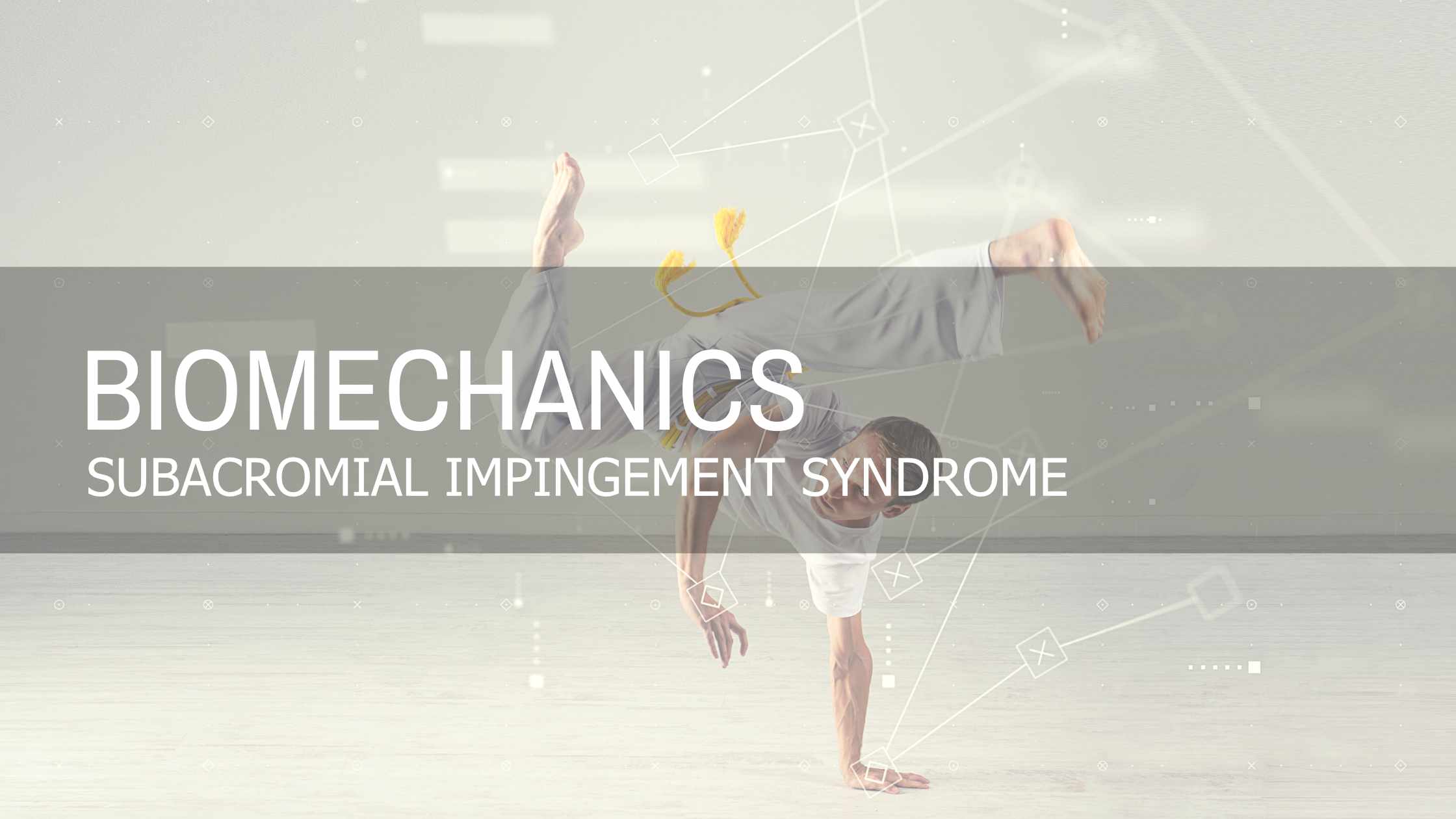
Apr 30 , 2021
0 Comments
Designed to Move | Subacromial Impingement Syndrome
What Is Subacromial Impingement Syndrome?
The shoulder is made up of the clavicle (collarbone) and the scapula (shoulder blades). The protrusion of the scapula which marks the highest point of the shoulder is the acromion.
The pathway underneath the acromion is called the subacromial space. It is surrounded by the bursa (protective fluid-filled sacs) and the rotator cuff (a grouping of muscles and tendons surrounding the shoulder blade) which connects the shoulder with the upper part of the arm (humerus). Furthermore, the rotator cuff muscles, responsible for lifting and rotating movements, act as a major stabilizing force to the shoulder and upper arm as well as a cushioning layer to protect the joint from minor bumps and bruises. When the rotator cuff muscles or the bursa catch on the shoulder blade (especially while engaging in lifting motions), it can cause restriction and inflammation called subacromial impingement.
How Does This Happen?
Poor posture/form, asymmetrical training (primarily focusing on one side), overuse injuries (pitching/throwing balls, lifting heavy objects), aggressive overhead movements, sudden, swift jerks of the arm are the main culprits. Instability and unevenness with the hips and shoulders and restriction of the rib cage can contribute to inefficient movement of the shoulder muscles and tendons throughout the subacromial space, leading to irritation and impingement.
Signs of Subacromial Impingement
- Shoulder weakness
- Radiating pain from the front or back side of the shoulder and the side of the arm
- Pain and discomfort from lifting, throwing and other dynamic movements
- Pain and discomfort from sleeping on your side
- Restricted range of motion for reaching overhead and drawing the arm behind the back
How Do You Fix It?
With enough time and rest, most cases clear up within 12 weeks. To address subacromial Impingement, it is important to focus on correcting muscular imbalances around the shoulder joint. We recommend the following exercises:
- Release - Pec major and Latissimus Dorsi - 60 sec each
- Activate - Teres minor - standing band external rotation 2 x 2min
- Integrate - Standing band scaption 2 x 20
- Strengthen - Laying prone shoulder "w"s 2x20




